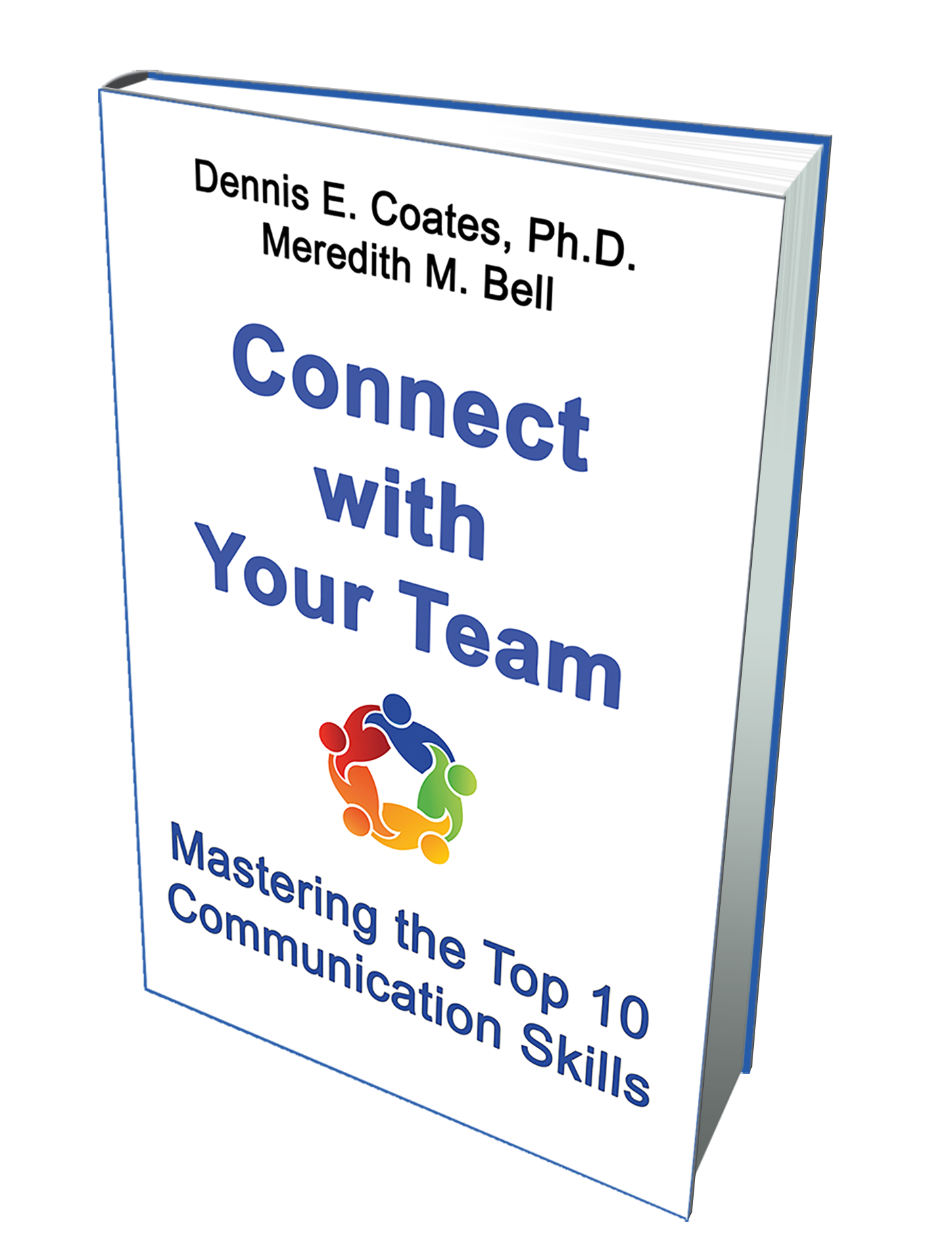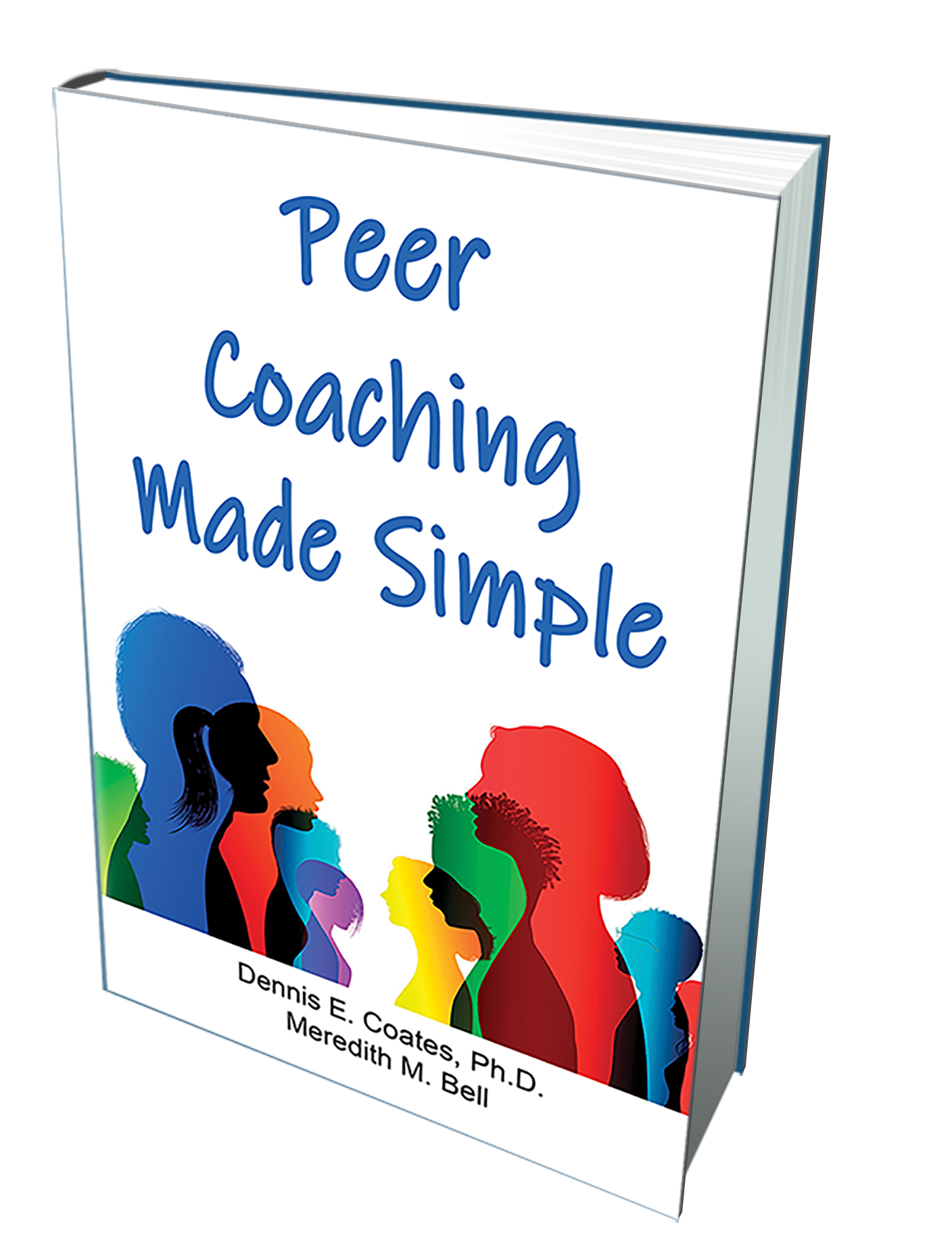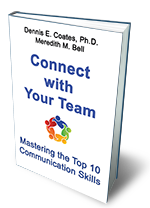
358: Ethical Leadership That Transforms Communities
358: Ethical Leadership That Transforms Communities
What happens when leadership development is built on ethics, values, and genuine human dignity, not just performance metrics? Brian Peckrill, Executive Director, describes how the William G. McGowan Charitable Fund is investing in leaders who want to make a meaningful difference. You’re invited to look at your own leadership through the lens of impact, responsibility, and the kind of intentional choices that move organizations—and society—forward.
You’ll learn how the Fund’s Fellows Program develops high-potential MBA students into values-driven leaders who can influence entire industries. Brian shares the core elements of their leadership model—stretch experiences, strong support, and deep reflection—and how this approach builds self-awareness, courage, and character. You’ll also hear behind-the-scenes stories about the Ethical Leader of the Year Award and what today’s exceptional CEOs are doing to elevate people, uphold dignity, and lead with integrity.
Brian is the Executive Director at the William G. McGowan Charitable Fund. He previously served as the director of their Fellows Program, where he was responsible for designing and implementing a forward-thinking, ethics-focused experience for top MBA students. Brian was also responsible for fostering an active and engaged alumni community of young business leaders as they embark on and manage their careers.
You’ll discover:
- How values-based leadership transforms both leaders and the communities they serve
- Why metacognition and self-concept matter in developing future executives
- The powerful role of stretch experiences, coaching, and reflection
- How alumni mentoring strengthens leadership capability and confidence
- What the Ethical Leader of the Year Award reveals about great leadership today
Watch the episode:
Brian’s Website
Related Podcast Episodes

Grow Strong Character
Dennis E. Coates, Ph.D.
Connect with Your Team
and Meredith M. Bell
Peer Coaching Made Simple
Dennis E. Coates, Ph.D.,
and Meredith M. Bell
















